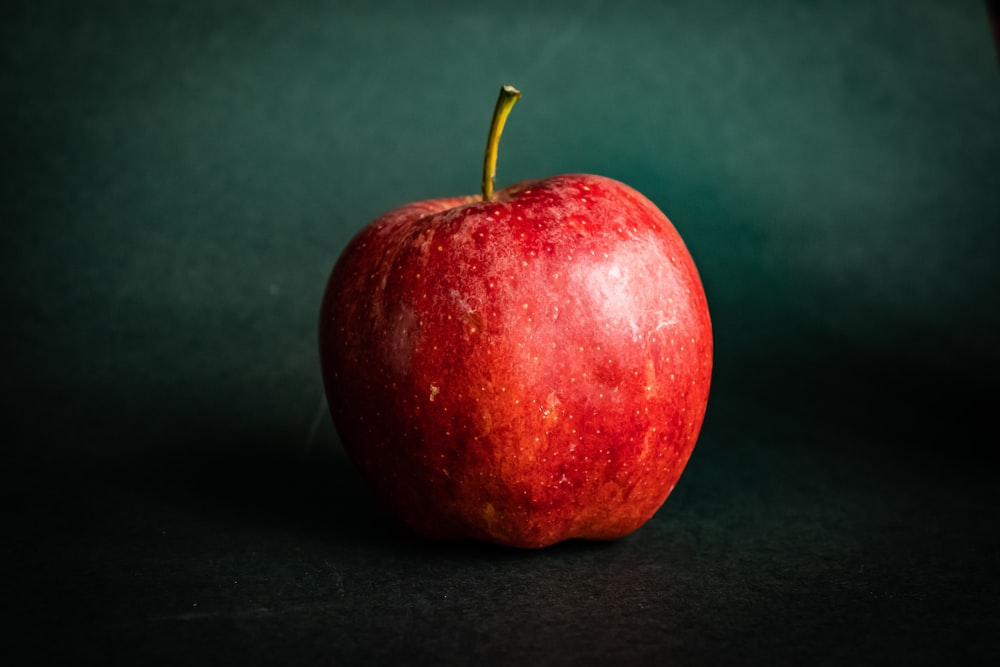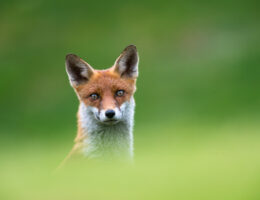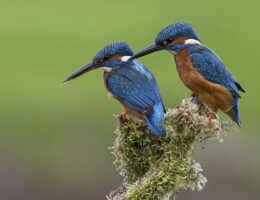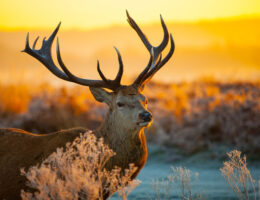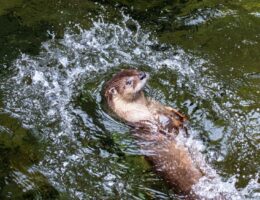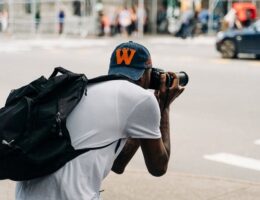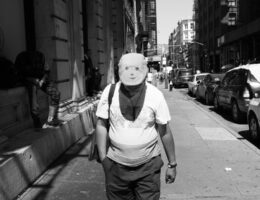IRAN ART EXHIBITION: LIGHTENING REALLY MATTERS IN OBJECT PHOTOGRAPHY
This brief guide focuses on pointing out some tips for the photo enthusiasts out there who want to get profficient in object photography.
The key feature of this topic is Lighting.
There are two main object photography scenarios: isolated objects and objects in specific context. Lighting sets for each of these can vary a lot, from a single lightsource to complex sets involving multiple lightsources and various backgrounds.
We’ll focus more on the first scenario, namely objects isolated on white, because this is the easiest, cheapest and most efficient way to get into this vast subject.
Isolated objects can be either shot in floodlight – the subject being clear of shadows or with some minor shadows visible, or in direct light – the subject having strong shadows present while the background remains white.
There is no specific lighting set for shooting objects in floodlight, the more diffuse light-sources you have, the better. We will outline some simple guidelines to help you with your isolated objects work.
IRAN ART EXHIBITION: A lighting set for such work ca vary from a simple white cardboard with a single diffused lightsource placed on top of the object (usually a medium to large softbox), or bounced towards the ceiling, to a complex set of props including lightboxes and several lights.
For “do-it-yourself” people, most gear can be homemade, since there’s not much technology involved in making a lightbox, or a backlit stand, you need plexi, duct tape, metal/wood frame or a cardboard/foam box on top of which the plexiglass goes.
The most often used stands are shooting tables as well as light cubes or light tents .
Lighting sets can vary in numbers and position according to each one’s needs. You can get a good image using only one lightsource, so it’s not a “the more the better” issue. It all comes down to giving the object the proper look.
Simple light setups:
Either you’re using table or tent/cube, the main light should be directed from the shooting position towards the subject, slightly from above.
If you want no shadows, the cube is the best, along with at least 2 lightsources.
You can also use a backlight, placed under the object, given the stand is translucent (plexiglass), or/and another light behind the object, which will both contour the shape of the object as well as compensate the shadow created by the main lightsource. The contour light may also create a pleasant reflection on the stand surface, if it is reflective (glossy).

Another option could be a lightbox on which the object stands and one diffused lightsource placed on top of the object, a softbox is highly recommended – the bigger the better.
IRAN ART EXHIBITION: A more complex set, as an example, could look like this:
The main lights can be placed on each side of the subject, at 70 degrees (by your own needs this can change). If you shoot this in a white room, you can bounce light by directing the two main lightsources towards the room walls (maybe corners), this will diffuse the light even better. If you don’t have a small flash to place under the transparent/translucent table, you can put a white sheet instead and make sure some of the flash light reaches this surface.
Lighting equipment
Lighting equipment itself is an important choice, you can use either strobe/studio flash, or continuous light, be it incandescent or fluorescent. However, mixing different types of lights is not recommended, given the different white balance parameters of each one. If you use more than one incandescent lightsource, you must make sure they all have the same Kelvin specs.
Softboxes compensate the lack of a light cube quite well and allow the use of fewer lightsources, they are a must have for any photographer. They can be used for isolated images as well as for objects placed in various ambient contexts.
Light types
IRAN ART EXHIBITION: Whether you shoot isolated or ambient placed objects, there are several types of light, each with specific use in a lighting set.
– Key light is the main lightsource, shaping and lighting the overall object.
– Fill light compensates the inherent shadows created by the key light, reducing contrast and giving a softer output –lower intensity and more diffused than the key, usually a softbox is used.
– Back light -placed behind the subject, so that the subject stands directly between the camera and the back light, is used to highlight the shape, contour of the subject.
– Background light – is used to highlight the background of the image thus creating a better separation between the subject and the background.
